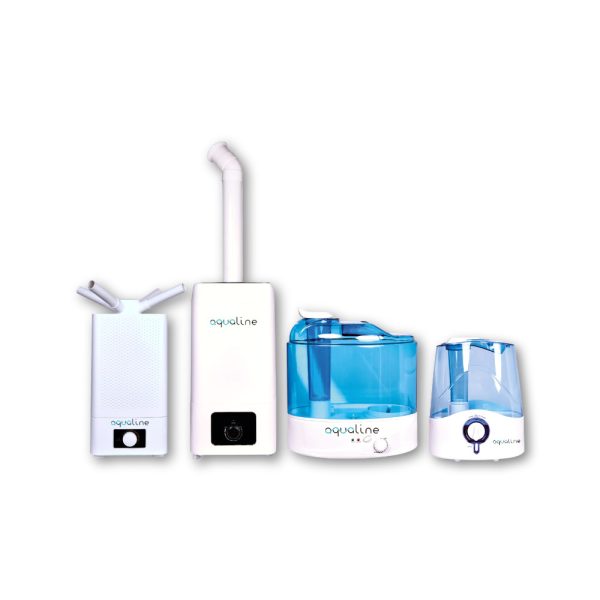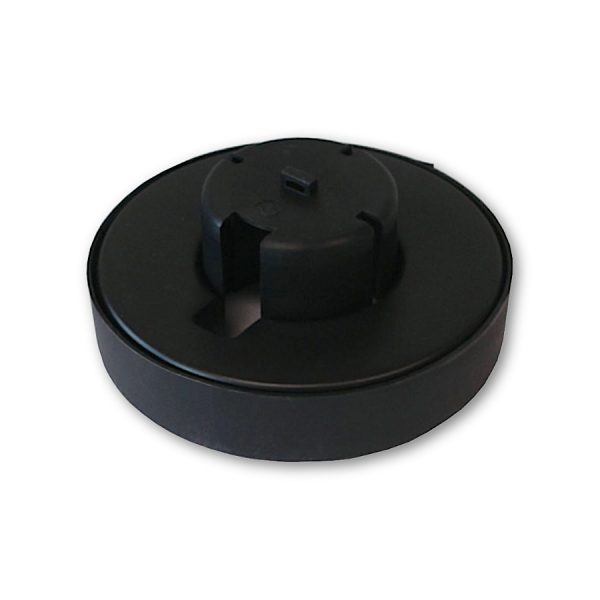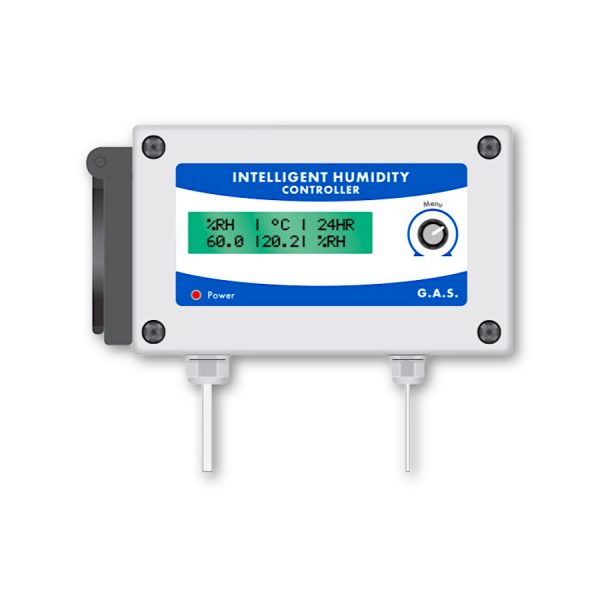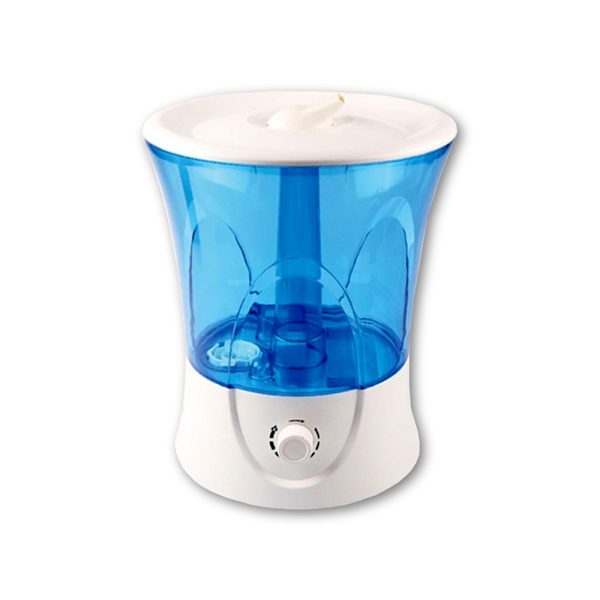Humidity
Humidity control is essential for hydroponics to work correctly. An environmentally unbalanced crop is far more susceptible to dehydration, poor quality, disease and smaller crop yields at harvest.
Fortunately, there is a choice of equipment available to optimise your grow space and enable your plants to thrive.
Every plant species requires different humidity levels (all plant species aren’t the same in terms of their humidity tolerance); the humidity your plants’ experience will ultimately affect the taste of the resulting fruit and the quality of flowers. So to be able to do justice to what you’ll eventually produce in terms of quality and quantity of the yield at harvest, you have to know what your plants want, and you have to be in control of the humidity.
You’ll never usually need to make your growing environment more humid because your plants will be able to do this themselves. They lose water all the time, so they don’t need humidity. For photosynthesis to take place, they have to take in water and water moisture through their outer leaves and stems, and this will move through the plants, allowing the water to escape as vapour from the plant’s extremities, where it releases into the air.
The water vapour ends up in your grow space, and that is what you need to remove. Your plants have released it because they do not need it. So this water vapour has to be taken out of the air to avoid going back into your plants. Therefore it isn’t humidification we’re interested in here, but dehumidification.
Quite often, novice hydroponic growers buy a small dehumidifier without thoroughly researching their cultivating crop. In doing this, it’s easy to choose the wrong type of product. Investing in quality products is the only viable way to go.
The economic returns will only be worthwhile if you invest in a dehumidifier that is the correct size for your crop needs to ensure you don’t pay more in electricity bills and end up with dried out plants.
Optimal humidity in a hydroponic environment ranges for most plant species from 45% to 85% humidity; most plants prefer between 75% and 85%. So as you can see, a lot of it depends on the plant.
It’s usually considered “safe” to have a humidity of around 50% if you’re growing many different plant species. Always determine the humidity levels of your grow space and then adjust this with the heating and ventilation system you use.
Temperature and humidity crucially impact one another. In general, plants from tropical and warmer environments will flourish in high-humidity conditions, while plants from other regions will want less humidity.
Plants also need different levels of humidity at various stages throughout their development. You’ll need to find out the humidity levels best suited for your plants.
The relationship between temperature and humidity is essential and can certainly impact the well-being of your plants. Plants kept at temperatures of 21°C will retain twice the moisture of plants at 10°C. Each 7°C reduction in temperature doubles the water-retention attributes.
Condensation will inevitably occur when the temperature is below the dew point. So if there is too much moisture latent in the air, that moisture cannot continue to remain as vapour, so it has to condense. Condensation also occurs first in parts of the room that are the coldest, such as doorknobs and piping. The last place for the condensation to start on will be your plants.
Humidity, or rather Relative Humidity (RH), is calculated as the ratio between the moisture’s weight in the immediate ambient air and the total capacity of the moisture in that volume of air, assuming that the temperature and pressure levels are nominal.
There are some definite signs that there’s something wrong with the humidity level if you notice any of the following in your plants:
- Fungal pathogens
- Growth slowing down unduly or stagnating
- Disease within your plants
- Powdery mildew or mould over your plants
- White spots on leaves later become a yellowish colour, and then black
- Closed stomata (the plant has decided not to take in more moisture)
Both mildew and closed stomata tend to reduce your plants’ oxygen uptake and are hazardous to your plants’ health as they prevent an adequate supply of the proper nutrients from being absorbed.
These will tell you that the humidity levels are too high in your grow space. So you will have to dehumidify the area to rectify this.
-
Sale!

Aqualine Humidifiers
From: £49.95 Select options This product has multiple variants. The options may be chosen on the product page -

Faran HR15 Humidification Kit
£459.95 Add to basket -

Faran HR50 Humidification Kit
£639.95 Add to basket -

Float for Mist Maker 3
£14.95 Add to basket -

Float for Mist Maker 5
£24.95 Add to basket -

G.A.S Intelligent Humidity Controller
£195.95 Add to basket -

G.A.S SonicAir Humidifier
£99.95 Add to basket -

G.A.S SonicAir Humidifier Pro
£389.95 Add to basket -

G.A.S SonicAir Pro Spare Discs
£24.95 Add to basket -

Grow Bitz Humidifier
From: £27.95 Select options This product has multiple variants. The options may be chosen on the product page -

Household Humidifier 8 Litre
£44.95 Add to basket -

Integra Boost Curing Pack Humidity Regulators
From: £4.95 Select options This product has multiple variants. The options may be chosen on the product page -

Mist Maker Humidifier 3
£69.95 Add to basket -

Mist Maker Humidifier 5
£109.95 Add to basket -

Quest 155 Overhead Dehumidifier
£2,994.95 Add to basket -

Quest 70 Overhead Dehumidifier
£1,194.95 Add to basket -

RAM Ultrasonic Humidifier
From: £44.95 Select options This product has multiple variants. The options may be chosen on the product page -

RAM Wall Humidifier
£219.95 Add to basket -

Replacement Ceramic Discs for Mist Maker 3
£9.95 Add to basket -

Replacement Ceramic Discs for Mist Maker 5
£11.95 Add to basket